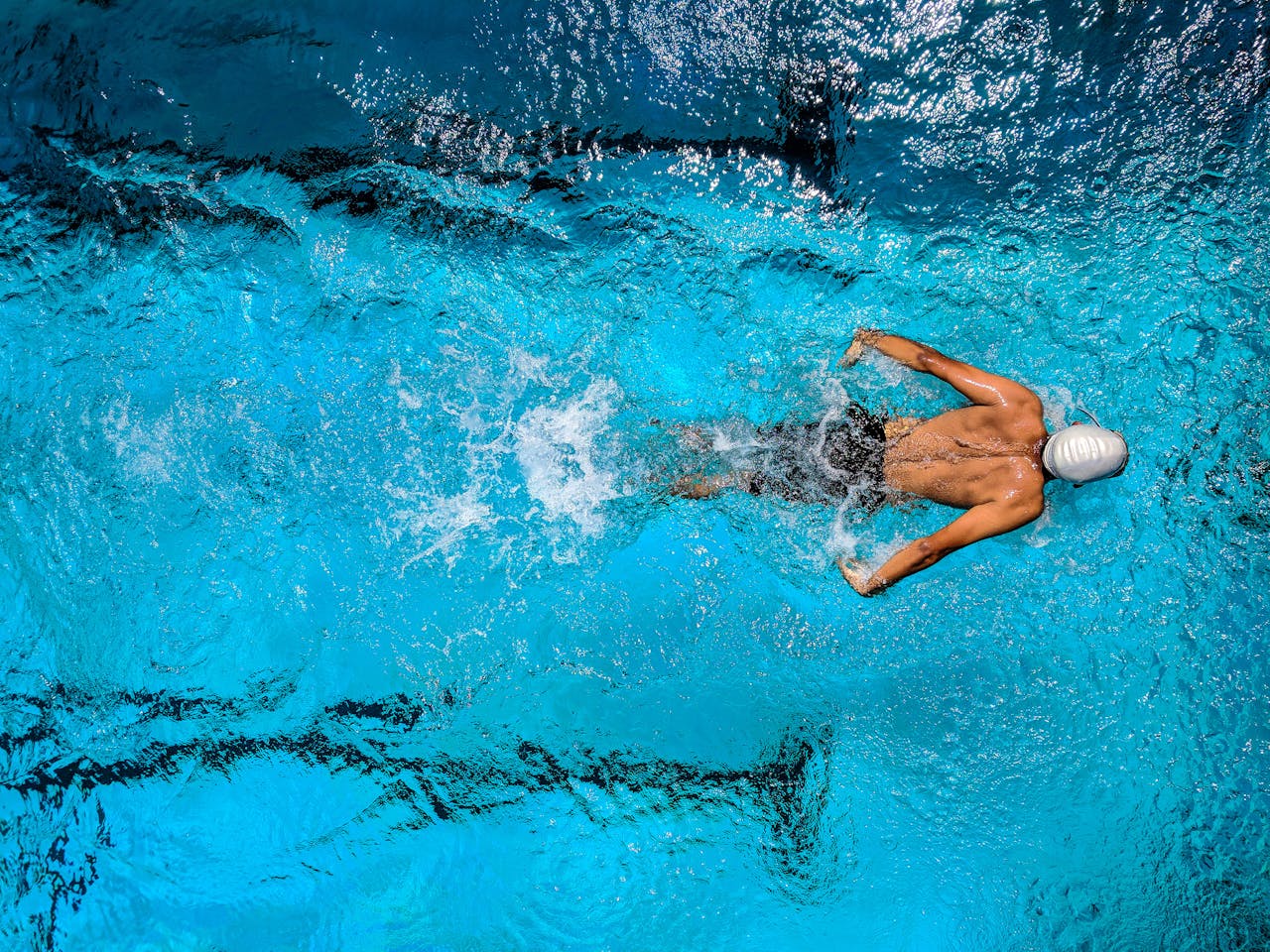Swimmers often face shoulder injuries, particularly rotator cuff tears, due to the repetitive overhead motion of swimming strokes. Injuries to the rotator cuff are common, causing pain, limited range of motion, and extended recovery times. Low-level laser therapy (LLLT) is emerging as a beneficial option for athletes, including swimmers, to promote faster recovery, reduce pain, and enhance mobility without invasive procedures. This article explores how laser therapy can aid in rotator cuff recovery and support swimmers in maintaining their athletic performance.
Understanding Rotator Cuff Injuries in Swimmers
The rotator cuff is a group of four muscles and tendons that stabilize the shoulder joint, facilitating arm rotation and lifting. Swimmers, particularly those engaged in repetitive, high-intensity training, are susceptible to overuse injuries in the rotator cuff. Over time, this can lead to microtears, tendonitis, or even complete rotator cuff tears, causing persistent pain and limiting athletic ability.
Rotator cuff injuries typically require a period of rest and rehabilitation, often involving physical therapy and, in severe cases, surgery. However, laser therapy offers a non-invasive option that can complement traditional treatments, accelerating recovery and reducing the reliance on medications.
For swimmers interested in at-home therapy solutions, devices like the Handy Pulse Laser are designed to deliver therapeutic laser light directly to injured areas, making it easy to incorporate LLLT into a regular recovery routine.
How Laser Therapy Assists in Rotator Cuff Recovery
Low-level laser therapy uses specific wavelengths of light to penetrate tissues, targeting areas affected by inflammation and cellular damage. When applied to the shoulder, laser therapy has the following benefits for rotator cuff injuries:
- Reduces Inflammation and Swelling
After a rotator cuff injury, inflammation around the shoulder joint is a common response, leading to pain and restricted movement. LLLT helps to reduce inflammation by influencing cellular processes that limit the release of pro-inflammatory markers. This reduction in inflammation leads to less swelling and discomfort, allowing for improved mobility and faster rehabilitation. - Enhances Cellular Repair and Tissue Regeneration
Laser therapy stimulates cellular mitochondria, increasing the production of ATP (adenosine triphosphate), which fuels cellular repair and regeneration. For rotator cuff injuries, this accelerated cellular repair process is essential for healing damaged tendon fibers, supporting faster recovery. - Improves Blood Circulation
Improved circulation is critical for healing, as it delivers oxygen and essential nutrients to the injury site while removing waste products. LLLT encourages blood flow around the affected area, speeding up the body’s natural healing response and reducing the time needed to regain shoulder strength and flexibility. - Relieves Pain Without Medication
Many swimmers rely on painkillers to manage rotator cuff pain, but LLLT offers a drug-free solution. Laser therapy has been shown to reduce pain by stimulating the release of endorphins and modulating nerve signals in the injured area. This provides relief from discomfort, enabling athletes to continue their conditioning and recovery exercises without relying on medications. - Supports Long-Term Shoulder Health
Beyond immediate pain relief, regular laser therapy can help strengthen shoulder tissues and reduce the risk of reinjury. For athletes like swimmers, this ongoing treatment can maintain joint health, reduce inflammation, and improve muscle strength, providing a robust foundation for sustained performance.
How to Use Laser Therapy for Rotator Cuff Recovery
To maximise the benefits of laser therapy, consistency and proper application are essential. Here are some guidelines to help swimmers use devices like the Handy Pulse Laser effectively:
- Apply the Laser to Targeted Areas
For rotator cuff injuries, focus on applying the laser directly over the area of pain and inflammation in the shoulder. Moving the device slowly around the entire rotator cuff region can ensure comprehensive treatment. - Follow Recommended Session Times
Laser therapy sessions typically last between 10-15 minutes per affected area. Repeating sessions daily or as directed by a healthcare professional can provide optimal results. Always follow the specific instructions provided with the Handy Pulse Laser device to avoid overuse. - Incorporate Laser Therapy Into a Conditioning Program
The American Academy of Orthopaedic Surgeons suggests exercises that help strengthen the shoulder and rotator cuff during recovery. Combining laser therapy with a conditioning program can support better results by reducing inflammation, easing pain, and making physical therapy exercises more manageable. For a comprehensive conditioning program, refer to the AAOS rotator cuff and shoulder program. - Monitor Your Progress
Document any changes in pain levels, shoulder mobility, and recovery speed. This can help you determine how effectively LLLT is working and whether adjustments to your routine are needed. Swimmers who monitor their progress often find they can return to training sooner when incorporating LLLT.
The Science Behind Laser Therapy for Muscle and Tendon Injuries
Several studies have demonstrated the effectiveness of laser therapy for treating musculoskeletal injuries, including tendon and muscle injuries commonly found in athletes. Research has shown that LLLT reduces oxidative stress and increases cellular regeneration, both of which are essential for healing damaged muscle fibers and tendons in the shoulder. Furthermore, many athletes report significant pain relief within a few sessions, though chronic injuries may require longer treatment durations for full results.
Final Thoughts on Laser Therapy for Swimmers
For swimmers recovering from rotator cuff injuries, laser therapy presents a viable and effective recovery option. Devices like the Handy Pulse Laser make it convenient to incorporate LLLT into at-home treatment plans, supporting faster healing, reducing pain, and promoting long-term shoulder health. By understanding how to use laser therapy correctly, swimmers can regain shoulder strength and return to their sport with confidence.
For those interested in exploring LLLT options, you can visit Laser Pain Relief to learn more about the latest in laser technology for at-home pain relief and recovery solutions.
